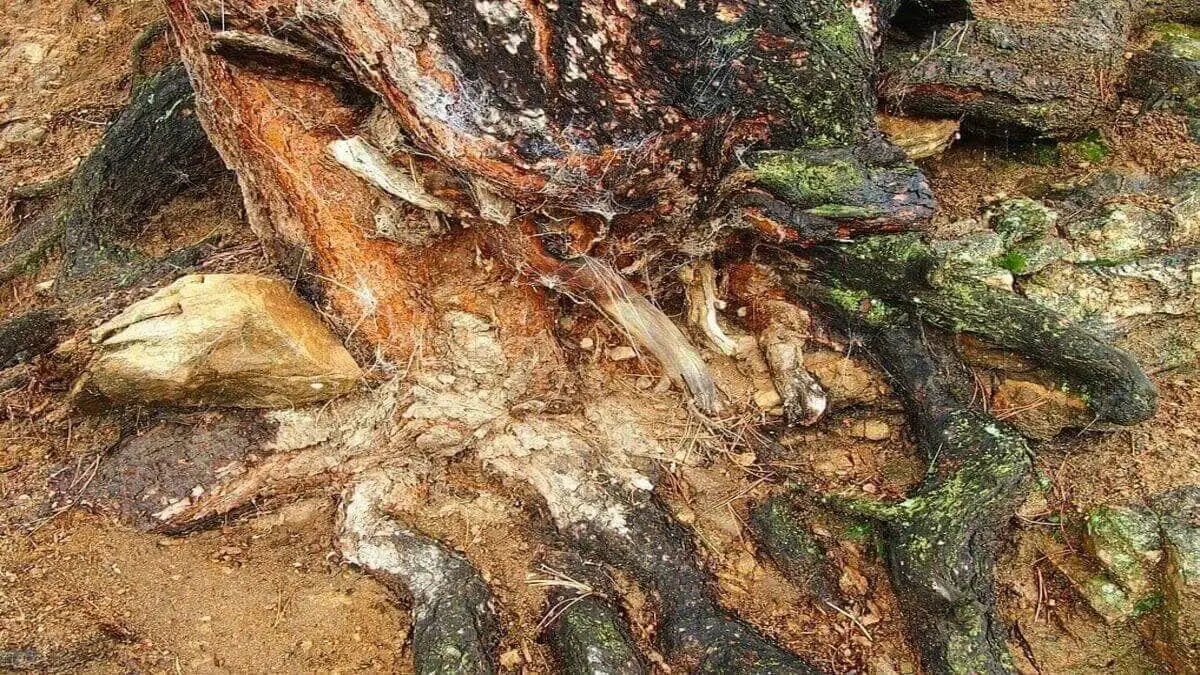Cotton Root Rot Disease
Cotton root rot is a major fungal disease. This disease also has other names such as Texas root rot, Phymatotrichum root rot, Phymatotrichopsis root rot, and Ozonium root rot (in olden literature). Phymatotrichum omnivorum, a most destructive soil-borne fungus causes this disease.
This article focuses on Cotton Root rot (Texas Root Rot), its growing environments, symptoms, infections and control.
Spreading across the trees quickly, this disease is difficult to control. This disease can infect more than 2,000 plant species. Particularly, the dicots (dicotyledons) species are vulnerable to most soil borne diseases including cotton root rot.
However, some plants like monocotyledonous grasses do offer resistance to this dreadful disease.
In Texas, this soil-borne fungal disease is found attacking cotton, ornamental, common shade, fruits and nuts trees. Hence, this disease adversely impacts the economy.
Moreover, this soil-borne fungus most widely prevails in soils like loam, clay, calcareous Etc. with a pH of about 7.0 – 8.5. It also needs high summer temperatures to thrive. Hence, this dreadful disease is limited to southwestern United States, Mexico, and some areas in the south-central US.
Pammel (American botanist) discovered the disease in 1888. Duggar (American plant physiologist) named it in 1916. H.E. Bloss and R.B. Streets wrote a monograph including a historical review of Cotton Root rot (Texas root rot) in 1973.
Table of Contents
Favorable Environment for Cotton Root Rot
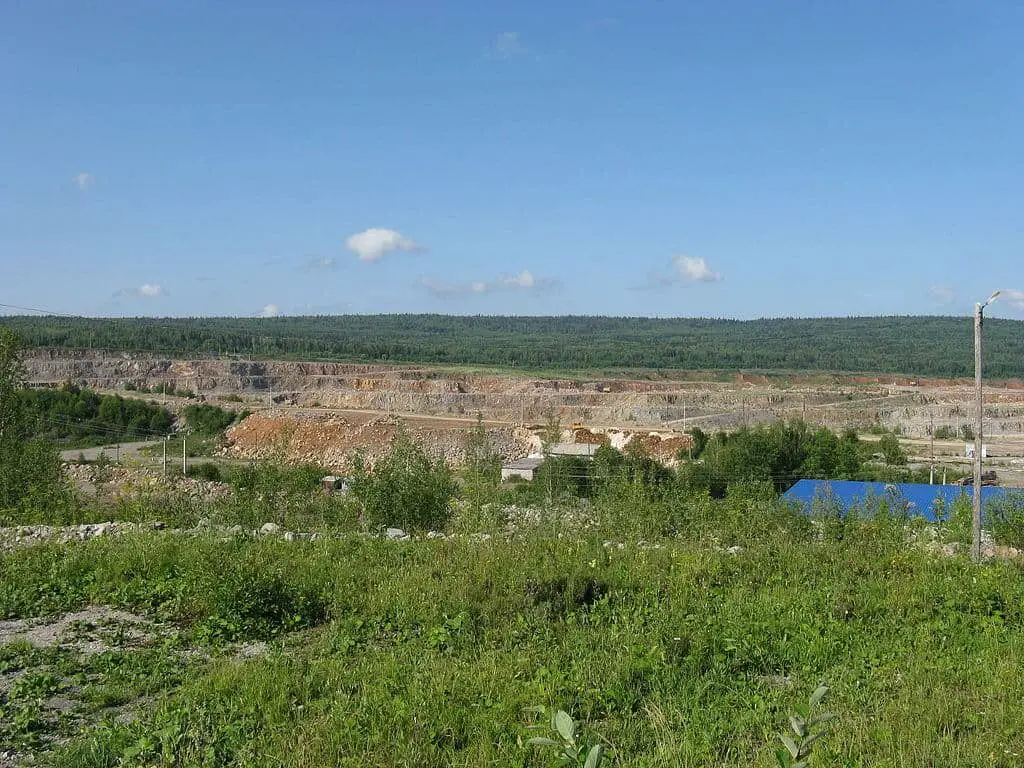
Phymatotrichum omnivorum thrives well in hot and humid environments. Hence, the Cotton root rot actively infects the trees in summer months.
During hot summers, the dependency of the plants on their roots increases as they need more water and other nutrients. Along with supply, the fungus enters the trees through roots vigorously.
Some soil types like calcareous soils, can retain warmth for longer durations. They also freeze rarely. Hence, this fungus prefers to thrive in such soils. Although these types of soils are most widely seen in southern parts of US, they are rare in Northern parts of US. Hence, these types of diseases are very rare in the North.
How Cotton Root Rot (Texas Root Rot) Ruins Trees?
The fungus enters the trees through the roots as they absorb water and other essential nutrients.
Moreover, it does not use organs like appressoria to penetrate and infect the host plant. Instead, it covers the plants’ epidermis by developing infectious hyphae. After that, it infects the epidermis and other cortical cell junctions.
Then, this pathogen starts infecting the plants’ root vascular system as a whole rapidly. It also causes damages to cortical root areas.
Microarray analysis tests revels these stages of infection. The Gene expression profiling test reveals further details. This fungus suppresses some plant defense systems such as the production of flavonoid, ethylene, and jasmonic acid.
By suppressing these phytochemical defense production mechanisms, Phymatotrichopsis omnivore easily infects the trees and kills them.
Symptoms of Cotton Root Rot (Texas Root Rot)
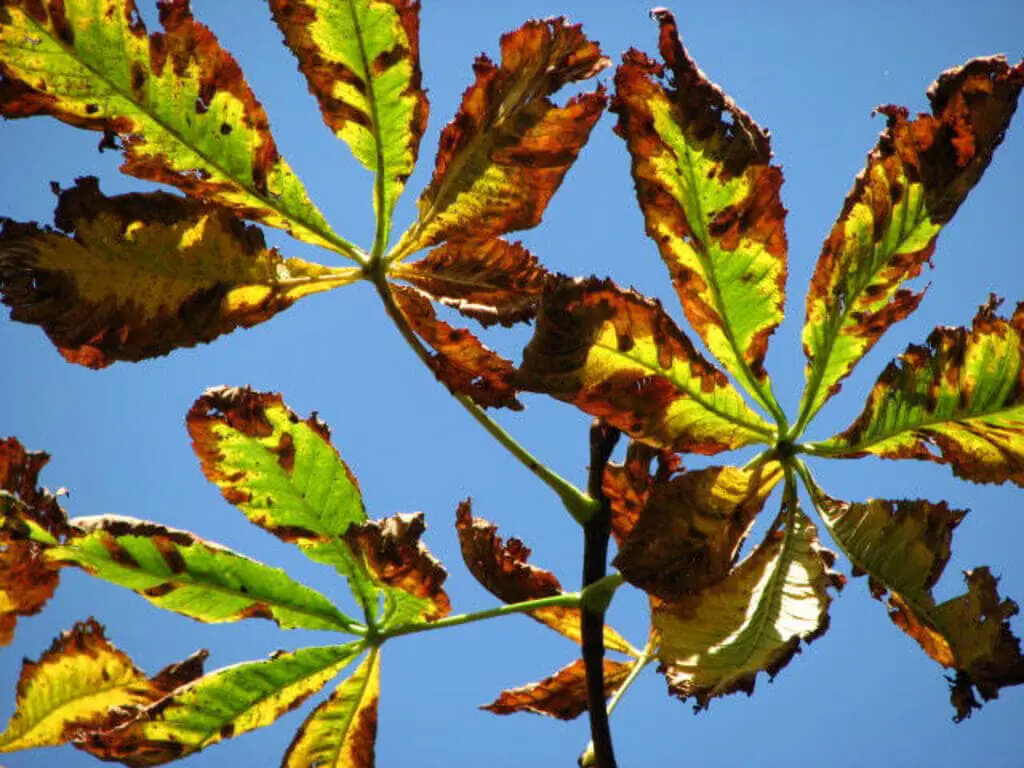
Photo by Evelyn Simak (Wikimedia Commons) (CC BY-SA 2.0)
In most cases, the symptoms of the disease occur from June to September or October. During these months, the soil temperatures rise beyond 28 °C (82 °F), providing favorable conditions for the Fungai to spread.
Initially, the foliage turns slight yellow or brown. Then, the upper leaves wither in about 1 – 2 days and lower leaves wither in about 3 – 4 days. After that, the foliage permanently wilts and dies. The dead leaves may remain attached the plant.
At this stage, even the well grown plants die quickly following after. However, the shrubs and trees die a little bit slowly.
In these cases, the infected plants have their roots extensively invaded by the fungus. Hence, they can be easily pulled out from the soil, applying minimal pressure. The root barks decay and turn brown. In fact, you can see the brown wooly strands of fungus on the root surface.
Phymatotrichum Omnivorum Fungus
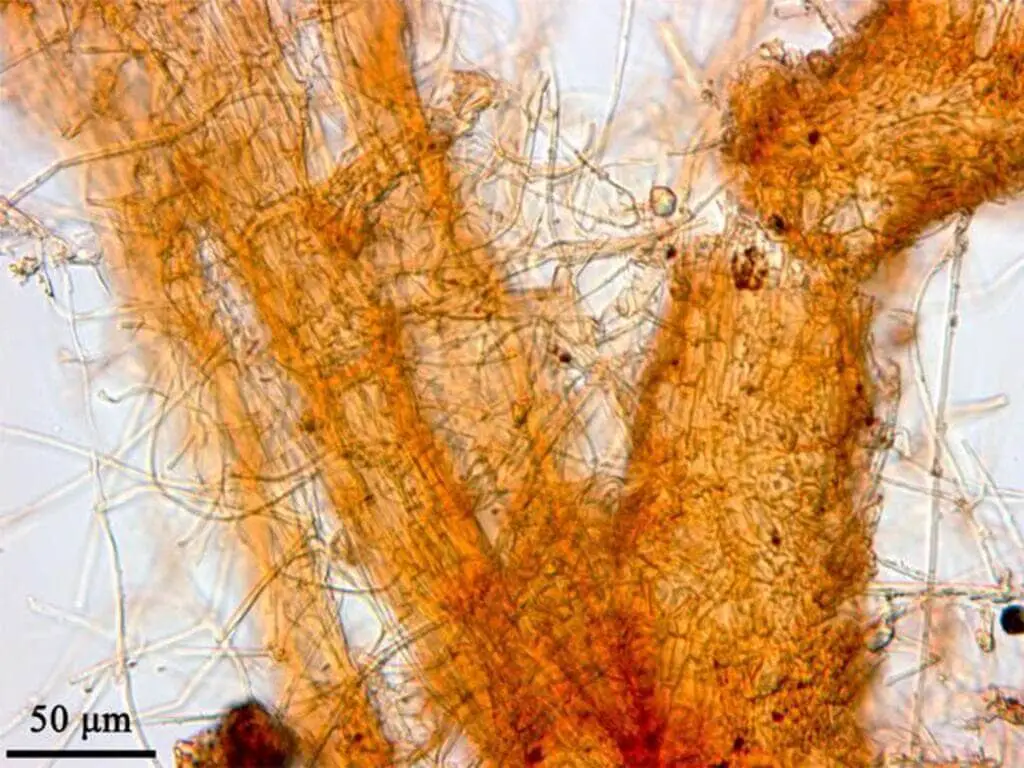
Photo by Dr Jose R. Liberato (Wikimedia Commons) (CC BY 3.0 AU)
In the soil, this fungus exists in three distinct forms
Hyphae and Strands (Rhizomorph)
Phymatotrichum omnivorum develops root-like strands. Through the soil, these strands travel growing, until they touch a plant’s root. Then, they grow on the roots towards the ground surface. In cotton, just below the ground surface, the fungus multiplies rapidly around the hypocotyl.
Typically, this infection appears like a cottony (mycelial) substance. This mycelium destroys the bark and the fungus invades the vascular system of the plant. After the plants die, Sclerotia forms in the fungal strands.
Sclerotia
Sclerotia helps the fungus to last in soil for several years. They have been found even 12 feet deep in some soils.
Naturally, the sclerotia cells divide into several sections, grow and enlarge. The resulting sclerotia are small, compact masses containing thick-walled cells. Usually, there diameter is about 1/32 – 1/16 inch.
The sclerotia are irregular in shape. So, they take the shape of the pore space wherever they form. Initially, they are white in color. With age, they turn brown, buff or black.
Spore Mats and Conidia
During the warm and wet conditions, the fungus tends to form spore mats on the ground surface. Measuring about 2 – 16 inches in diameter, these mats are tan to white in color. Typically, they consist of large celled, fungal strands. In later stages, these strands produce conidia which are apparently sterile.
Fungal Growth Inside the Soil
From plant to plant, through the soil, this fungus grows slowly and invades new areas. It also spreads through the transplantation of the infected plants to new locations.
Surviving several years, this fungus is found as deep as the roots can penetrate in the soil. The infected areas often appear with dead plant particles in circular patterns. In fact, the infection grows gradually and the infected areas enlarge in the subsequent years. In cotton plantations, the infected areas increase by 5 -30 feet every year.
Controlling Cotton Root Rot
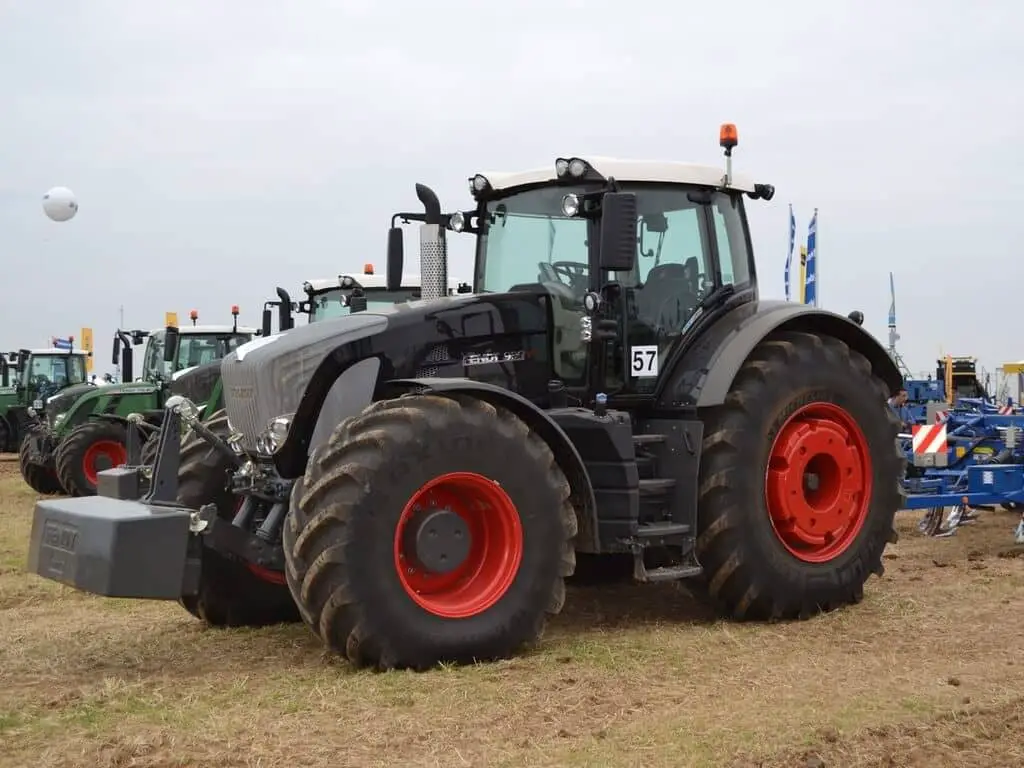
Cotton root rot is one of the most difficult diseases in the world to control. The fungus behaves differently in different crops and soils. Even in same fields, its behavior changes erratically from year to year. Hence, repeated applications may be needed.
Currently, some treatments are suggested as below:
Chemical Application
In the US, triazole fungicide is sold as Topguard Terra. While planting, you can apply this chemical either as an in-furrow or T-band application.
Plowing
In summer or fall, deep plowing (6 – 10 inches) the dry soil has given positive results. After the cotton harvest, flat break the soil immediately. This turns down the strands’ ability to develop sclerotia. Thus, sclerotia formation is reduced to large extent in upper 6 inches of the soil. Note that, most of the cotton plants have their roots in the upper 6 inches of soil.
Rotation of Crops
Using monocotyledonous crops, perform rotation once in 3 – 4 years. Researches confirm this has lessened the disease incidence up to 60 percent in cotton plants several times. However, performing rotations at short intervals is not effective.
Organic Amendments
Grow cereals like oats and wheat before cotton. This delays the infection and reduces the diseases instance up to 90 percent. Before planting cotton, amend the soil with recommended fertilizers or manure. You can also use green manures such as Papago pea or Hubam clover.
Other Techniques
You can also try growing plant barriers (resistant grass crop such as sorghum), early-maturing cotton varieties or delayed planting methods to quell or escape the disease.
Cotton Root Rot Disease Control Strategy for Cotton Plants
1.) Map the fields to identify the infected areas.
2.) After harvest, flat break the fields immediately with a moldboard plow about 6 – 10 inches. To ensure sufficient inversion of the soil, use the tractor with sufficient speed.
3.) After a couple of weeks, prepare the field for sorghum or corn plantations. Amend the soil with recommended maximum strength fertilizers or manure.
4.) Then, plant and grow sorghum or corn plants.
5.) After harvesting, prepare the lands immediately for cotton plantations. Amend the soil with minimum strength fertilizers
6.)In the spring, plant immediately early maturing varieties of cotton-like CAB-CS, CAMD-E, TAMCOT, or SP37H.
7.) Repeat the cycle again stating from mapping the field.
Note
You can significantly control the disease instance at the end of 1 – 2 cycles. However, continuous monitoring and repeated applications may be required depending on a case-to-case basis.
Top posts
White Aster and its Varieties
Growing and Caring Purple Fountain Grass

